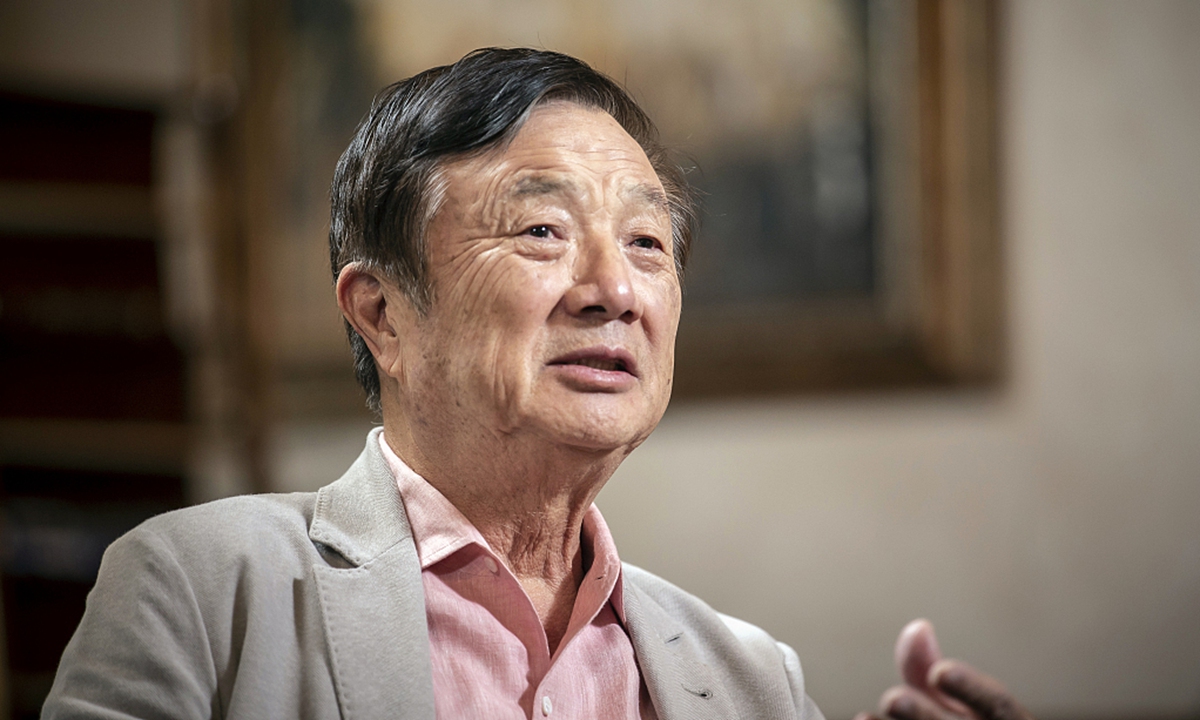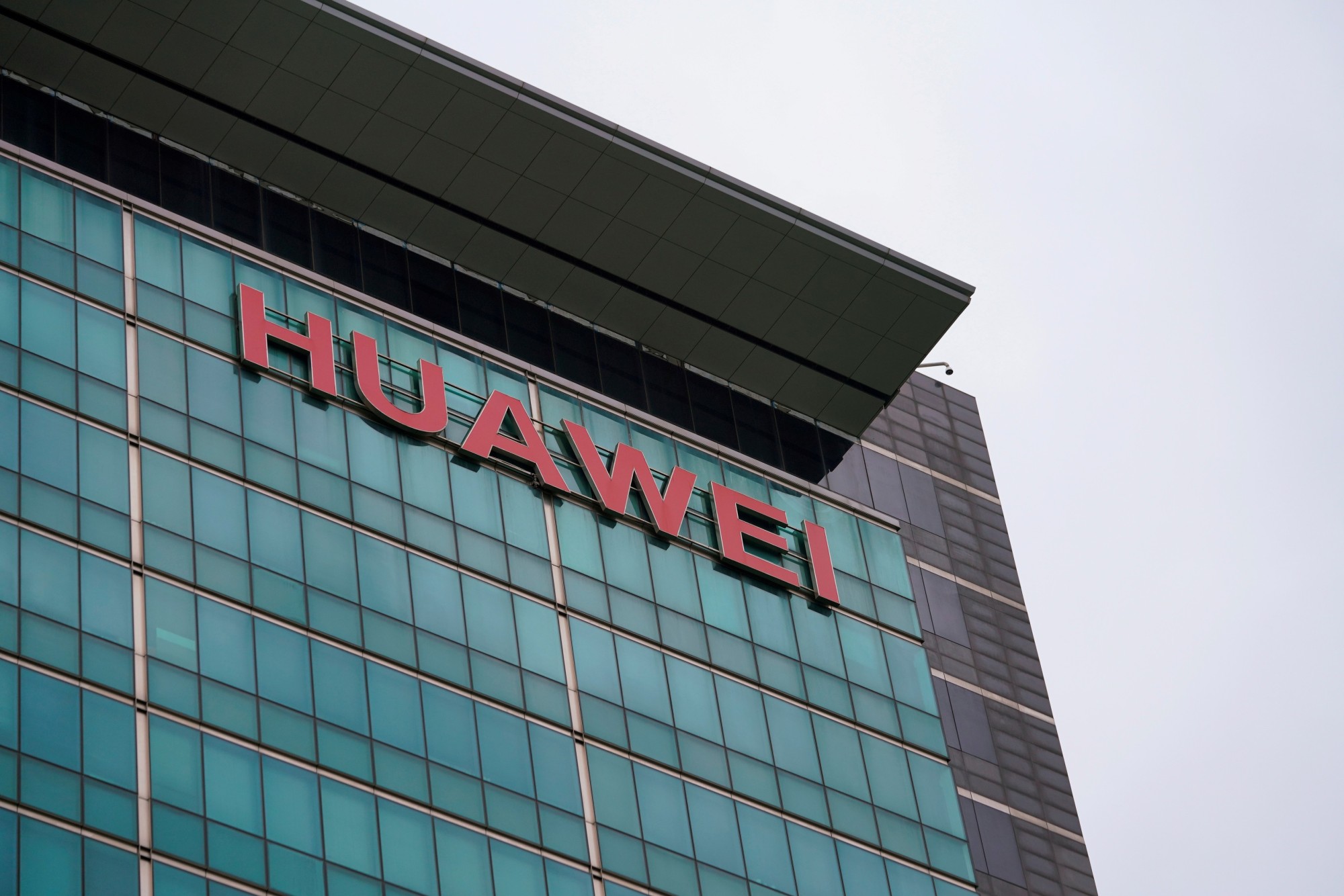Ren Zhengfei, the founder of Huawei, is a name synonymous with perseverance, innovation, and an unwavering commitment to excellence. Born on October 25, 1944, in a small village in Guizhou Province, China, Ren’s journey from humble beginnings to becoming the leader of a global telecommunications giant is nothing short of extraordinary. This article delves into Ren Zhengfei’s early life, the challenges he faced, and his relentless pursuit of creating a world-renowned brand.

Early Life and Career Beginnings
Ren Zhengfei grew up in a modest family during a time of significant political and economic upheaval in China. His parents were schoolteachers, and they instilled in him the value of education and hard work from a young age. Despite the challenges of living in a remote, underdeveloped region, Ren excelled academically, eventually earning a place at the Chongqing Institute of Civil Engineering and Architecture. His academic achievements were a testament to his determination and resilience, qualities that would later define his career.
After graduating in 1963, Ren joined the People’s Liberation Army (PLA) as a military technologist, specializing in the construction of military infrastructure. During his time in the PLA, he gained invaluable experience in technology and management, which would later serve as the foundation for his future endeavors. However, the political climate in China during the Cultural Revolution created an unstable environment, and Ren’s military career was cut short in the early 1980s when the PLA disbanded its engineering corps due to budget cuts.
The Birth of Huawei
Ren Zhengfei’s transition from a military technologist to an entrepreneur was not an easy one. In 1987, with just 21,000 yuan (approximately $5,000 at the time), Ren founded Huawei in Shenzhen, a small fishing village that had recently been designated as a Special Economic Zone. The company started as a distributor of private branch exchange (PBX) switches, with Ren personally handling everything from sales to logistics.
The early years of Huawei were marked by intense competition from established foreign companies that dominated China’s telecommunications market. Ren knew that to survive, Huawei needed to innovate and develop its own technology. This led to a strategic focus on research and development, a decision that would become a cornerstone of Huawei’s success. Ren reinvested all profits back into the company, often at the expense of short-term gains, to build Huawei’s R&D capabilities.

Overcoming Challenges and Building a Brand
Ren Zhengfei’s journey to build Huawei into a global brand was fraught with challenges. The company’s early struggles included limited financial resources, a lack of technological expertise, and fierce competition from international giants like Cisco and Ericsson. Despite these obstacles, Ren’s leadership and strategic vision helped Huawei gradually gain a foothold in the market.
One of Ren’s most significant decisions was to prioritize employee ownership and a strong corporate culture. He implemented an Employee Stock Ownership Plan (ESOP), which allowed employees to become shareholders and align their interests with the company’s long-term success. This move not only motivated the workforce but also fostered a sense of loyalty and commitment to Huawei’s goals.
As Huawei grew, Ren focused on expanding the company’s presence beyond China. By the early 2000s, Huawei had established a strong international presence, with operations in more than 100 countries. The company’s commitment to innovation paid off, as Huawei began to develop cutting-edge telecommunications equipment and solutions that rivaled those of its Western competitors. Ren’s emphasis on customer-centricity and continuous improvement helped Huawei secure contracts with major telecom operators worldwide.
Despite its success, Huawei has faced significant challenges on the global stage, particularly in recent years. The company has been at the center of geopolitical tensions, with accusations of espionage and concerns over its ties to the Chinese government. These issues have led to Huawei being banned from participating in the 5G infrastructure of several countries, including the United States and the United Kingdom.
Ren Zhengfei’s response to these challenges has been one of resilience and adaptability. He has consistently maintained that Huawei operates independently of the Chinese government and has taken steps to ensure the company’s transparency and compliance with international regulations. Under Ren’s leadership, Huawei has diversified its business, expanding into consumer electronics and cloud computing, while continuing to invest heavily in R&D.
Legacy and Impact
Ren Zhengfei’s journey from a small village in Guizhou to leading one of the world’s largest telecommunications companies is a testament to his visionary leadership and unyielding determination. His story is one of overcoming adversity, making difficult decisions, and staying true to a long-term vision despite short-term setbacks.
Ren’s impact on the global telecommunications industry is undeniable. Huawei’s rise to prominence has not only challenged established Western companies but has also reshaped the competitive landscape of the industry. Through innovation, strategic leadership, and a focus on employee empowerment, Ren has built Huawei into a brand that stands for quality, reliability, and technological excellence.

As Ren Zhengfei steps back from day-to-day operations, his legacy continues to inspire a new generation of entrepreneurs and business leaders. His story serves as a powerful reminder that with perseverance, innovation, and a clear vision, it is possible to overcome even the most daunting challenges and create a lasting impact on the world.
For more inspiring stories of visionary leaders and their journeys to success, explore our other articles on Digital Digest. Stay updated with the latest insights and industry news by visiting Digital Digest.




